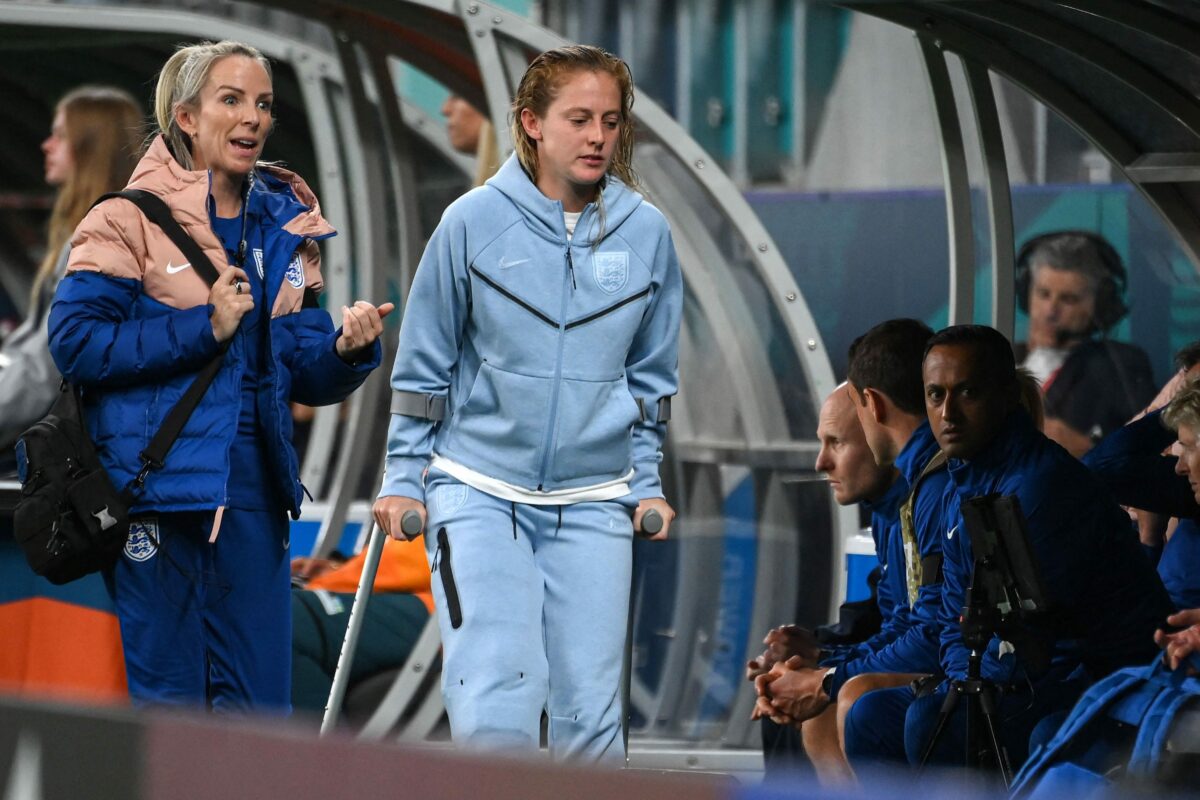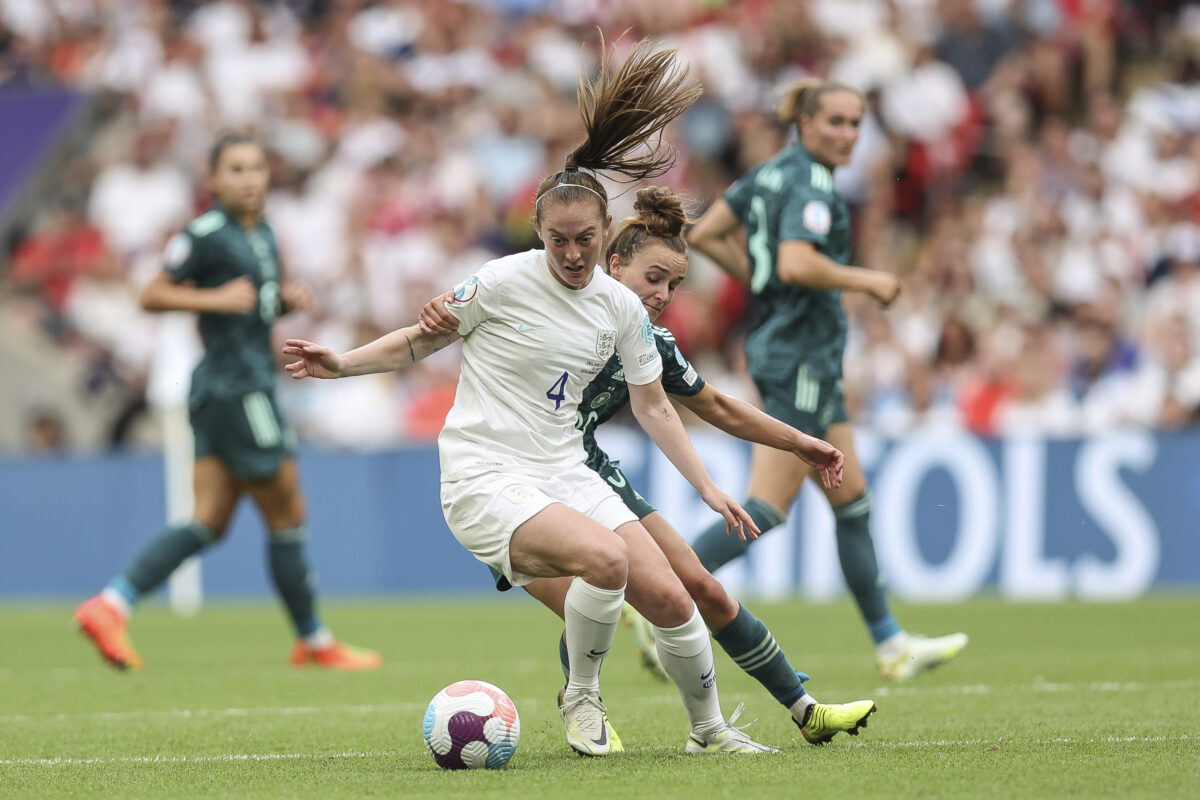England got some good news on Keira Walsh’s status, but it might not be enough to help their World Cup chances.
The Barcelona midfielder fell awkwardly in what became a 1-0 win over Denmark, and there was some fear that she had picked up a severe knee injury.
However, England posted a brief statement to social media on Saturday that scans had shown no ACL damage, allaying the worst fears for the Lionesses.
“Following a scan late on Saturday afternoon, we can confirm Keira Walsh has not suffered an anterior cruciate ligament injury,” read England’s statement. “Walsh has been ruled out of Tuesday’s final Group D match and will remain at our Terrigal base to continue her recovery.”
Following a scan late on Saturday afternoon, we can confirm Keira Walsh has not suffered an anterior cruciate ligament injury.
Walsh has been ruled out of Tuesday’s final Group D match and will remain at our Terrigal base to continue her recovery.
— Lionesses (@Lionesses) July 29, 2023
Walsh went down awkwardly in the first half against Denmark, signaling to the bench immediately that she had a knee injury and needed to be substituted. Walsh’s emotions were clear while receiving treatment, and she was eventually carried off on a stretcher. She later returned to the England bench on crutches.
Her replacement, Laura Coombs, wasn’t like-for-like. Instead, manager Sarina Wiegman asked Georgia Stanway to drop deeper into Walsh’s spot, and while England worked their way through the rest of the match confidently enough, it did invite some tactical changes from Denmark.
“We didn’t have the focus on the defensive midfielder,” Denmark boss Lars Søndergaard told a press conference after the match. “We decided at halftime we could play with two strikers that could have different roles and go on pressing on Georgia Stanway.”
Walsh is the latest huge name to find herself potentially missing major time at the worst moment. In Group A, Ada Hegerberg has been ruled out of Norway’s crucial group finale against the Philippines.
After missing two games with a calf injury, Sam Kerr declared herself available for Australia, but her actual ability to step on the field against Canada remains in question. The Matildas initially presented her as having no issues whatsoever until announcing her injury just before lineups were announced for a 1-0 win over the Republic of Ireland.
England’s options without Walsh
Walsh, a year after a world-record transfer from Manchester City to the star-studded Barcelona squad, was arguably England’s best player heading into the tournament.
Losing a player of her caliber would impact any team’s hopes, and England came into the World Cup without several other big names, including Fran Kirby and Leah Williamson (both of whom have at times played as England’s No. 6).
England does have some significant midfield depth. Manchester United captain Katie Zelem is the natural fit, but has just eight caps at the senior level. Arsenal’s Jordan Nobbs is another strong candidate, but like Coombs is more of a No. 8 who could step in with Stanway dropping back.
It is also possible for Wiegman to shift into a 4-2-3-1 formation, moving Ella Toone further forward. That would make some degree of sense given the attack-first mentality of fullbacks Lucy Bronze and Rachel Daly, though it may be a more cautious look than England will need to get by against China in their third match in Group D.
From there, though, Walsh’s fitness and Wiegman’s reaction to her status may go a long way towards keeping the Lionesses in the mix as a World Cup favorite.
[lawrence-related id=24216,24210,24183]

